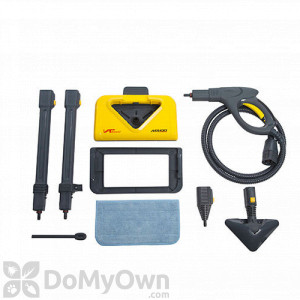All about the Different Types of Bed bugs, Life Cycle, Biology, Identification, Facts & Other Bed bug Information
See also: Bed bug Control, How to Get Rid of Bed bugs
What are Bed bugs?
Bed Bugs are very small insects that feed on the blood of animals, specifically warm-blooded animals. While only about a quarter of an inch in size, Bed bugs can easily be seen by the human eye. Because they don’t fly, you will generally find them packed up together in some kind of nest, which is why they like people’s beds.
Bed bugs come from the family Cimicidae. This family is comprised of over 100 species worldwide. The bed bug is an ectoparasite that chooses to feed primarily on humans. The nature of an ectoparasite is to feed on the external surface of a host skin and in this case the human skin. Bed bugs do in some instances of desperation choose to feed on the pets and animals that share the home. This insect species shares a long and disturbing history with human-kind. Much of the focus and efforts to understand this species are among top priorities in IPM or integrated pest management solution studies.
Bed bug Taxonomy
- Phylum Arthropoda - Arthropods
- Class Insecta - Insects
- Order Hemiptera - true bugs, cicadas, hoppers, aphids and allies
- Suborder Heteroptera - true bugs
- Superfamily Cimicoidea
- Family Cimicidae - bed bugs
- Genus Cimex
- Genus Hesperocimex
- Genus Oeciacus
- Suborder Heteroptera - true bugs
- Order Hemiptera - true bugs, cicadas, hoppers, aphids and allies
- Class Insecta - Insects
Effects of Weather and Climate on Bed bugs
Throughout history, the climate range of bed bugs used to be more prominent in the temperate regions or warmer regions. In the past, records throughout the 11-19th centuries showed that bed bugs used to be a seasonal pest of humans. In the winters, the bed bugs were unable to stay warm during travel and even in homes. An increase in bed bug activity came with modern heating systems. The advances in heating and air have allowed the bed bug to invade dwellings at any time or place throughout the year.
Bed bug Facts
- Bed bugs can even infest the bedding areas on cruise ships
- As many as 5,000 bed bugs can infest a single bed
- Alternative ways to make the bugs uncomfortable is to raise the temperature of infested areas, though this is very expensive.
- They can live 12 months or longer without feeding.
- Bed bugs can feed on any pet in the house.
- Bed bugs are great hiders, and usually take more than one treatment to rid the home.
- Bed bugs don’t carry diseases, but can cause nasty allergic reactions.
- Bed bugs can produce up to four or more generations in one year.
Bed bug tracker
There are many bed bug registries that exist to give travelers and renters can have reliable information in reporting bed bug encounters. Bed bugs are spreading extremely fast across North America. Once a bed bug gains access to a location they will spring up populations very quickly. Due to this factor, bed bugs are a problem for hotels, dorms, hospitals, movie theaters, libraries, and other public spaces.
Image source: bedbugpictures.org
Bed bugs Summary
- One bed bug found means many are present
- Bed bugs are trouble and tough to remove
- Though they are harmless they are extremely annoying
- Bed bugs are tiny small insects that come from the true bug order
- The bed bug is the size of an pencil eraser or smaller
- Rusty red to bright red color
- They require blood to live
- The only host they prefer are humans
- Bed bugs can hide anywhere
- Check and search for the presence of bed bugs constantly
- Infestations can occur anywhere
- Bed bugs can be found anywhere
- Always be prepared, and take action ASAP
Works Cited
Eiseman, Charley, Noah Charney, and John Carlson. Tracks & Sign of Insects & Other Invertebrates: Guide to North American Species. Mechanicsburg, PA: Stackpole, 2010. Print.
Evans, Arthur V. National Wildlife Federation Field Guide to Insects and Spiders & Related Species of North America. New York: Sterling Pub., 2007. Print.
Resh, Vincent H., and Ring T. Cardé. Encyclopedia of Insects. Amsterdam: Academic, 2003. Print.
Can't find the product you are looking for? E-mail us and we'll get it for you!
We sell professional do it yourself pest control (diy), exterminator and
extermination insecticide, pesticide, chemical and bug killer treatment
products to spray, eliminate and exterminate pests.
Many of our products are not available in stores
such as Home Depot, Walmart or Lowes.

